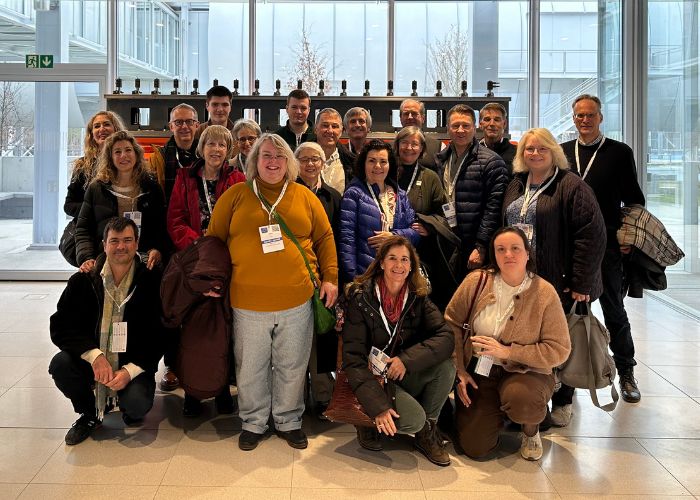Twenty-one members of the Cornell Club of Switzerland embarked on a fascinating tour of groundbreaking particle physics research at CERN on Saturday, 27 January 2024. We explored the Large Hadron Collider (LHC), the world’s largest and most powerful particle accelerator, and the ATLAS detector, one of the four particle detectors.
Wandering The Immeasurable
This 15-ton steel structure is shaped like a ribbon that reaches 11 meters into the air. It’s called the “Wandering the Immeasurable” and pays tribute to the significant discoveries in physics, astrophysics, and mathematics. Laser-cut inscriptions on the outer surface feature 396 discoveries in their original languages (including Greek, Chinese, Sanskrit, and Arabic) showcasing the scientists’ names and details of their breakthroughs. The sculpture stands near the Globe of Science and Innovation near the Scientific Gateway at CERN.





The ATLAS Experiment
The first part of our tour at CERN took us to the ATLAS experiment. The mural welcoming us to the research facility depicts the ATLAS particle detector in vivid colors. The mural spans three stories tall and is one-third the size of the actual detector, which is located 100 meters below the surface.
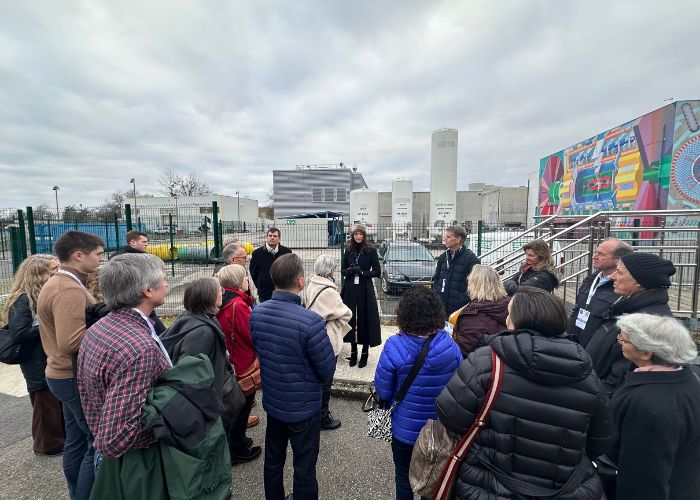

This metal structure is part of the scaled-down model used to test the concept before building the actual particle collider and detectors.

The ATLAS detector has a Barrel Toroid (one of the largest superconducting magnets) which works with two Endcap Toroids and a central Solenoid magnet. These components work together to bend the paths of charged particles (produced during collisions at the LHC). Bending the paths allows for the particles to be individually identified and different properties to be measured, including trajectory, momentum, energy, and momenta. The data is then analyzed by large, complex computing systems to understand a wide range of questions about our universe.


Looking straight down at the ATLAS detector which is located 100 meters underground.

The ATLAS detector detects particles every nano-second. Over a billion particle interactions occur in the ATLAS detector every second.

The Large Hadron Collider Beauty Experiment
The LHCb experiment at the Large Hadron Collider (LHC) focuses on exploring the subtle differences between matter and antimatter, specifically by studying a particle known as the “beauty quark” or “b quark.” Unlike ATLAS, which surrounds the collision point with enclosed detectors, LHCb uses a series of smaller detectors to mainly detect particles thrown forward by the collision. These subdetectors are positioned in a row over a 20-meter length, with the first one near the collision point. LHCb aims to capture b quarks, which are produced in abundance by the LHC but decay rapidly into other forms. To achieve this, LHCb employs sophisticated movable tracking detectors positioned along the path of the circulating beams in the LHC.
Here is our group exploring the underground LHCb experiment.
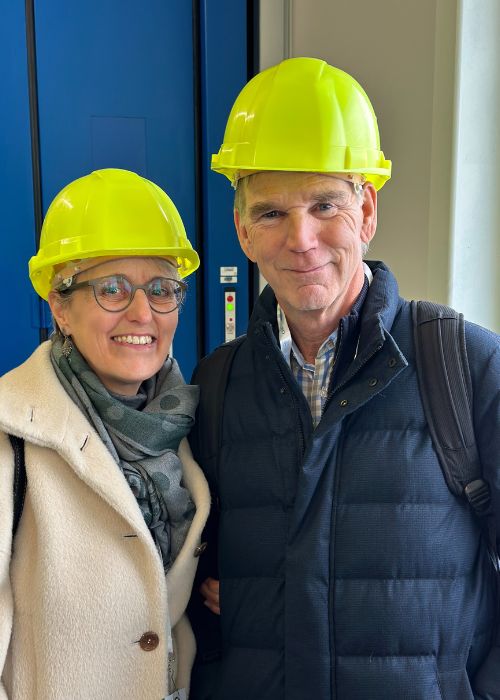



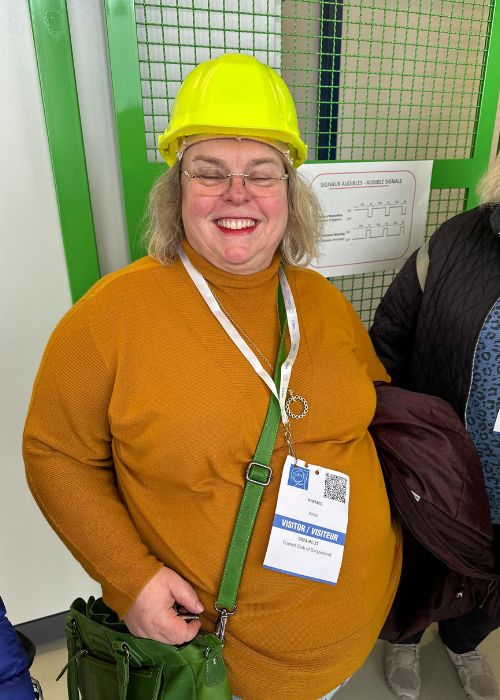

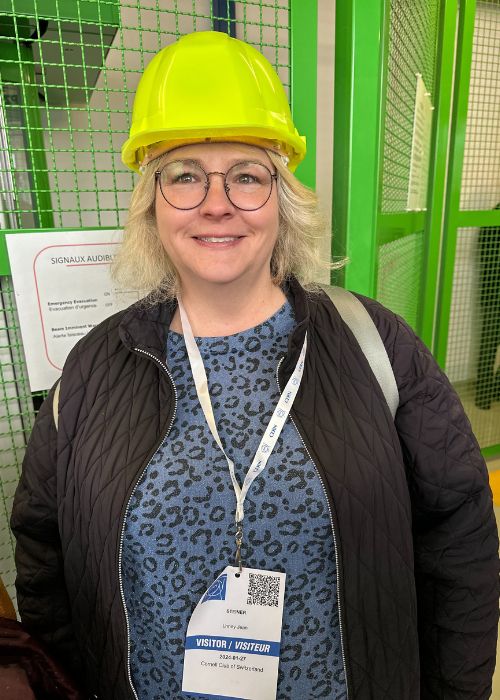




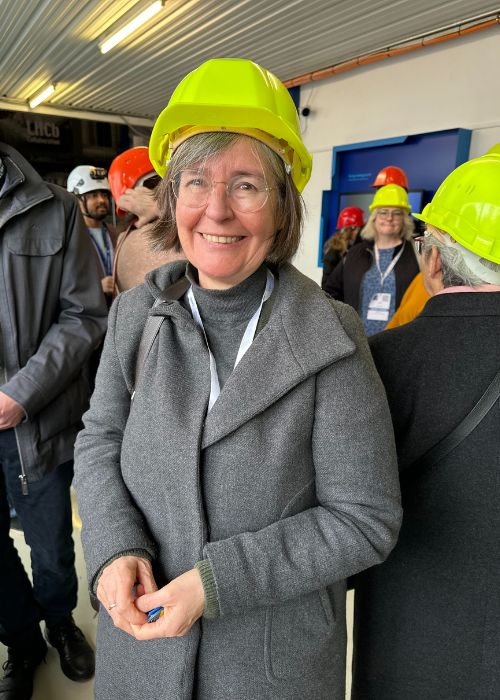



It is another world underground!
The 5600-tonne LHCb detector consists of a forward spectrometer and planar detectors. It is 21 meters long, 10 meters high, and 13 meters wide. It is located 100 meters below ground.
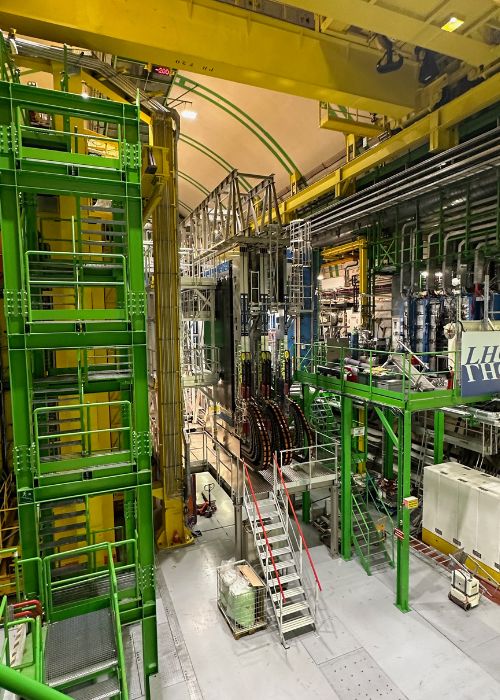






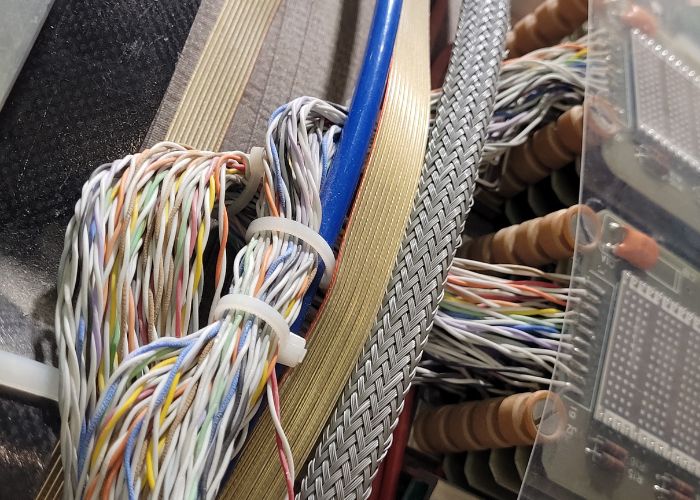
The magnets, wires, and circuit boards required are unimaginable!

All of the data needs to be collected and analyzed in the control room.

Thank you to the Cornell alumni Sameed, Ramon, and Lhney for organizing this great event.
